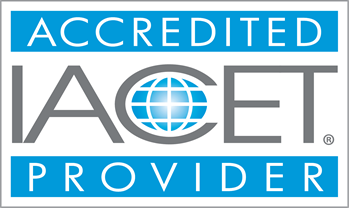Price: $59.99
OSHA-24-Hour HAZWOPER
This course provides 24 hour HAZWOPER training required for employees who respond to hazardous substance releases in the role of technician. It will help satisfy the OSHA 24 Hour HAZWOPER training mandate for technicians in 29 CFR 1910.120(q)(6)(iii)
Course Modules - (18)
Learning Outcomes:
Upon successful completion, you will be able to:
- Decontamination
- Hazardous substances
- Information Resources
- Personal Protective Clothing (PPE)
- Regulatory overview
Completion Requirements:
- 100% appearance for the course
- Fully involvement in all class trainings (determined by instructor)
- Completion of Continuing Education and Training Registration Form
- Completion of mandatory quiz assessments
- As applicable, attainment of least passing score on required end-of-course examination
- Participation and submittal of end-of-course assessment form (must provide name on form to obtain credit)


